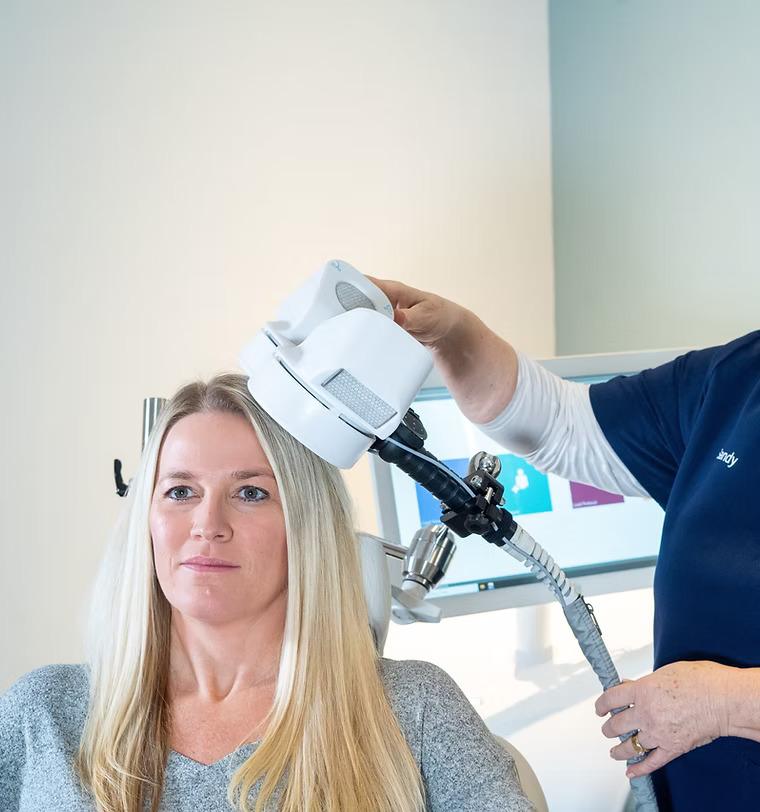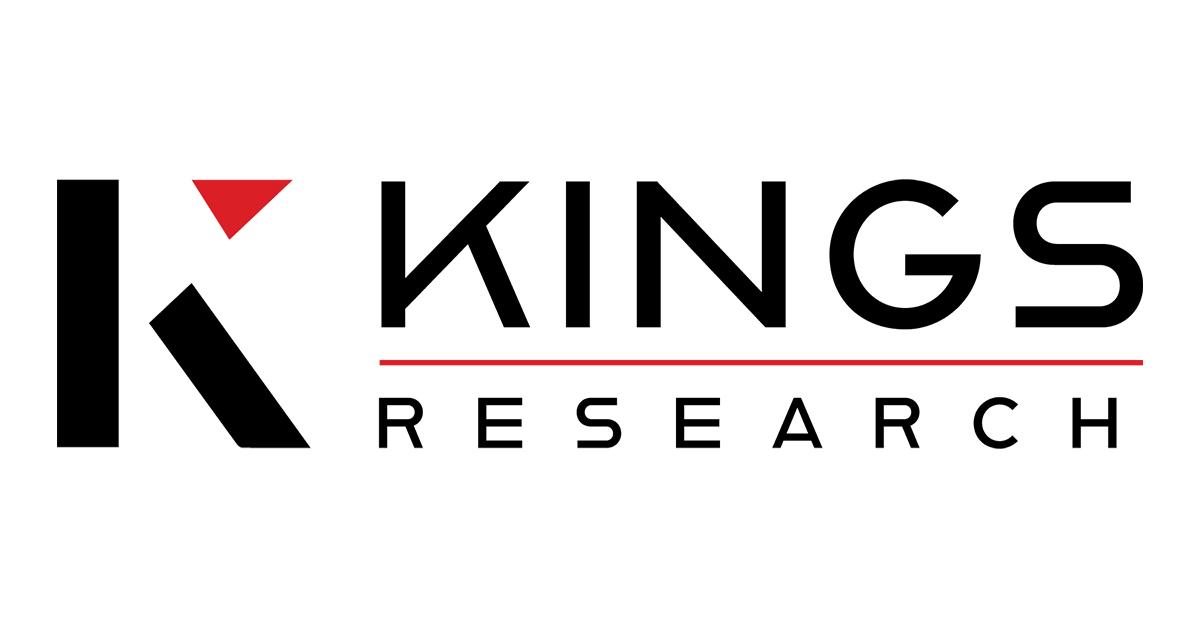TMS & Current PTSD Treatments: Which Works Better?

Managing post-traumatic stress disorder (PTSD) can be a daunting challenge. For many, finding a treatment that truly helps feels like a never-ending quest. Traditional options, such as medication and psychotherapy, have long been the go-to methods, but they’re not always effective for everyone. This raises an important question worth exploring—how does Transcranial Magnetic Stimulation (TMS) compare to these traditional approaches? NuBalance Behavioral Health, an integrative psychiatric clinic offers residents of Malvern, Westchester, and King of Prussia TMS therapy is at the forefront of innovative solutions for those facing PTSD.
Psychotherapy, including methods like Cognitive Behavioral Therapy (CBT) and Eye Movement Desensitization and Reprocessing (EMDR), has served as a foundational approach to PTSD treatment for decades. These therapies help patients process traumatic memories and develop coping strategies. Pharmacological treatments, on the other hand, often involve antidepressants like SSRIs or SNRIs to help manage symptoms such as anxiety or depression.
While these strategies can be effective, they’re not without flaws. Medications often come with side effects, such as weight gain, fatigue, or emotional blunting, which can deter long-term use. Meanwhile, therapy sessions can require months—or even years—of regular commitment to see meaningful results, which isn’t always ideal for someone seeking quicker relief.
TMS therapy offers a unique, drug-free alternative to traditional methods. This non-invasive treatment uses magnetic fields to stimulate specific areas of the brain associated with mood regulation. With sessions typically lasting 20 to 40 minutes, patients undergo targeted stimulation of neural circuits to promote healing and symptom relief.
Unlike medications, TMS doesn’t involve altering your body’s chemistry. This means no weight gain, drowsiness, or other side effects commonly associated with pharmaceuticals. And because TMS doesn’t rely on emotional engagement with past trauma, as is necessary with some talk therapies, it’s a good option for individuals who find such conversations distressing or ineffective.
The appeal of TMS lies in its efficiency and tolerability. Many individuals notice significant improvements after just a few weeks of daily sessions, making it a faster option compared to standard therapy. Additionally, its success doesn’t depend on the same level of patient interaction as psychotherapy—offering relief even to those who struggle to actively participate in traditional treatment models.
Research into TMS continues to grow, with promising results showing it can reduce key PTSD symptoms like flashbacks, heightened startle responses, and mood instability. It’s particularly effective for patients who haven’t achieved results through medications or other conventional therapies.
It’s important to note that TMS is not a one-size-fits-all solution. For some, combining traditional therapy with TMS can optimize outcomes. Others may find TMS effective as a standalone option. Choosing the right treatment often depends on the severity of symptoms, previous treatment responses, and individual preferences.
Ultimately, the best approach blends effectiveness with a patient’s comfort level, enabling sustained success in managing PTSD symptoms.
If you’re ready to explore cutting-edge treatment options like TMS or need comprehensive psychiatric support, NuBalance Behavioral Health is here to guide you. Visit their website today to learn more about their services, including TMS therapy, psychiatry, and medication management, and take the first step toward reclaiming your well-being.


